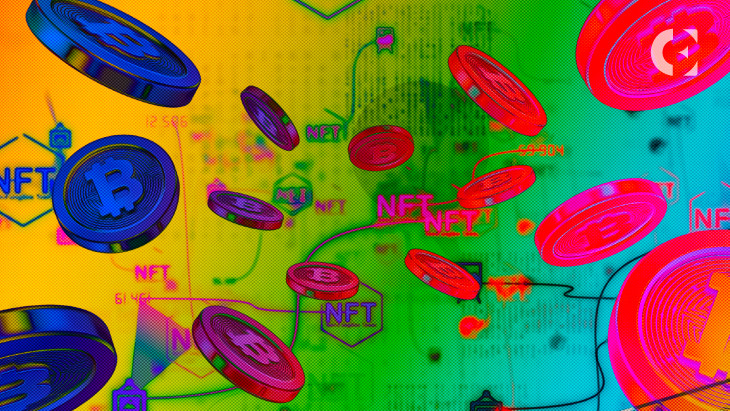The recent launch of the Non-Fungible Token (NFT) called the Ordinals, introduced on the Bitcoin mainnet has created controversies in the community regarding the goodness of the protocol.
The software developer, Casey Rodarmor, shared a blog post last week, announcing the official launch of the protocol.
However, the launch brought back an age-old debate on the necessity of using Bitcoin for non-financial purposes. Currently, there are many crypto aspirants emerging with different opinions: some argue that the protocol offers more financial use cases for BTC. However, some crypto enthusiasts also say that the NFT would take Bitcoin beyond the view of Satoshi Nakamoto, the blockchain’s founder, as a peer-to-peer cash system.
Notably, the Bitcoin educator and marketing advisor, Dan Held, one among the enthusiasts who shared his views on the financial use cases of Bitcoin, which “drives more demand for block space.”
Why it's good:
— Dan Held (@danheld) January 29, 2023
– Brings more financial use cases to Bitcoin
– Drives more demand for block space (aka fees)
My take:
– If you pay a tx fee, it's not spam.
– Bitcoin is permissionless. Can't stop anyone from building it anyway.
In contrast, some others were against the introduction of the meme culture into the Bitcoin ecosystem. For instance, Adam Black, the Blockstream CEO and Bitcoin core developer described the introduction as “stupidity.”
"you can't stop them" well ofc! bitcoin is designed to be censor resistant. doesn't stop us mildly commenting on the sheer waste and stupidity of an encoding. at least do something efficient. otherwise it's another proof of consumption of block-space thingy.
— Adam Back (@adam3us) January 29, 2023
Notably, after the launch of the protocol, Rodarmor updated his Twitter account by providing the details of the new NFT.
Inscriptions are like NFTs but are true digital artifacts: decentralized, immutable, always on-chain, and native to Bitcoin.
Significantly, Rodarmor said that the protocol makes use of “inscriptions” or other arbitrary contents like text or images which would be added to the sequentially numbered satoshis or “sats”, the smallest units in BTC, thereby creating unique “digital artifacts.” The community could hold and send these artifacts across the bitcoin system just like the sats.
 coinedition.com
coinedition.com
